
Does your dog suffer from a dry, itchy, flaky coat? The solution might be simpler than you think.
Does your dog suffer from a dull, flaky, dry coat? Does he scratch for unknown reasons? Do you feed dry kibble, freeze-dried or dehydrated pet food to your furry friend? Barring any underlying medical issues, it could be that your pup might just be suffering from lack of moisture in its diet.
Yes, our dogs may consume large amounts of water after they eat. But their bodies perform best when moisture is consumed during their meal rather than after it.
Let me explain.
In the wild, canines would consume prey that is 60 to 75 percent moisture. When we feed food that has almost all the moisture removed - dry kibble contains approximately 10 percent moisture - we are asking their bodies to operate in a way that isn’t natural.

Why a Water Bowl Isn’t Enough
The digestive juices in the canine stomach continue the digestion process that began in the mouth and secrete acid and enzymes for nutrient assimilation. When food is consumed that has little moisture, the body uses the stomach acids to rehydrate the food while at the same time trying to digest the food. If your dog drinks after they’ve eaten, they are effectively filling up their stomach with water after the digestion process has begun and are potentially forcing the food out of the stomach prematurely.
To compensate, the body begins to steal fluids from other areas — most notably its largest organ, the skin. So if your dog has a dull, dry and flaky coat, it’s likely that he needs help timing his water intake.

Add Water When Your Dog Eats
Here’s the easy part: The way to introduce more moisture into your dog’s diet in a way that will aid in digestion and stop the body from stealing from the skin is to add it to their food when they eat. It’s that easy!
If you are feeding dry kibble or freeze-dried food, begin by adding about a third of the dry content of water to their dish. (If you feed 1 cup of dry food, add 1/3 cup water.) Don’t let it sit— no one likes mushy food — just put their food in the bowl, then the water in the bowl, then place the bowl down for your dog to eat. In as little as 5 to 7 days, you will notice your dog’s coat is shinier, there is little to no dander, and you’ll be sweeping up less shed hair off the floor.
If you are concerned that your pet won’t eat their food with water in it, introduce the water gradually and increase it over time until you get to that one-third ratio. (Do you allow your dog to graze or free feed? Stay tuned, we’ll be explaining why that isn’t the best way to feed for more reasons than lack of moisture in an upcoming blog post.)
To those feeding dehydrated food, increase the water according to the directions on the food bag and let the food sit so it is properly absorbed and the food rehydrated before consumption to avoid the potential for bloat.

Water is so crucial to the body and diet that I consider it to be a macronutrient, so no matter what type of food you feed — raw, homecooked, dried, freeze-dried or dehydrated — adding water at mealtimes is beneficial to your dog’s health.
(Side note: Avoid allowing your dog to run, play or engage in vigorous exercise immediately after meal times. It’s best to let their bodies rest during the digestion process for at least 45 minutes to an hour before heading outside. It’s also important to remember that as our dog’s age, the moisture content in their bodies decreases. This means that their water consumption requirements not only increase but are even more important to their good health.)
Johnna Devereaux is a Clinical Pet Nutritionist and canine wellness expert. She is the Director of Nutrition and Wellness for Bow Wow Labs and sits on their Board of Advisors.
This article is for informational purposes only. It is not, nor is it intended to be, a substitute for professional medical or veterinary advice, diagnosis, or treatment and should never be relied upon or perceived as specific medical or veterinary advice.
Related Resources
You Might Also Like:
Related Articles
Follow us @BowWowLabs
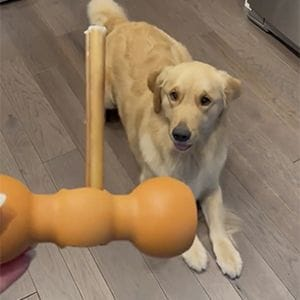
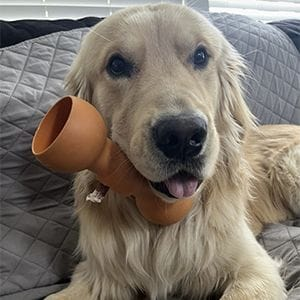
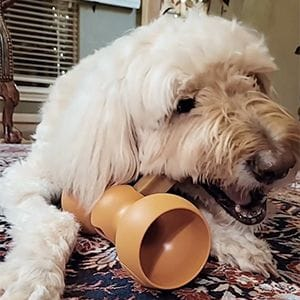

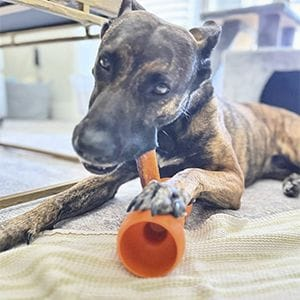
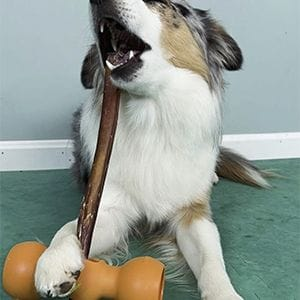
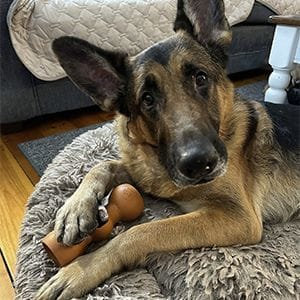
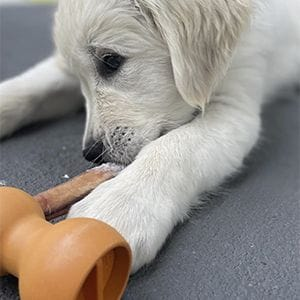
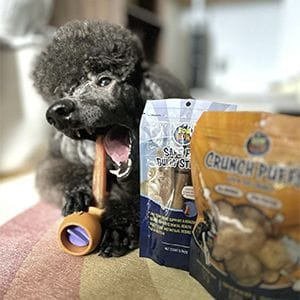
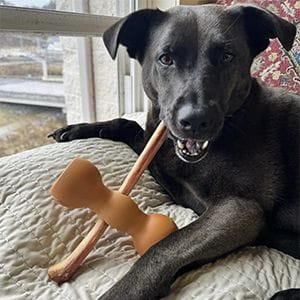
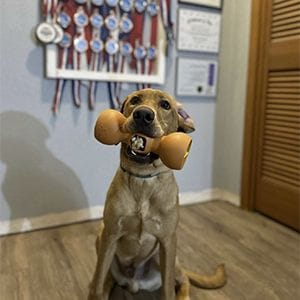


Sign Up to Our Newsletter!
Appeared In















